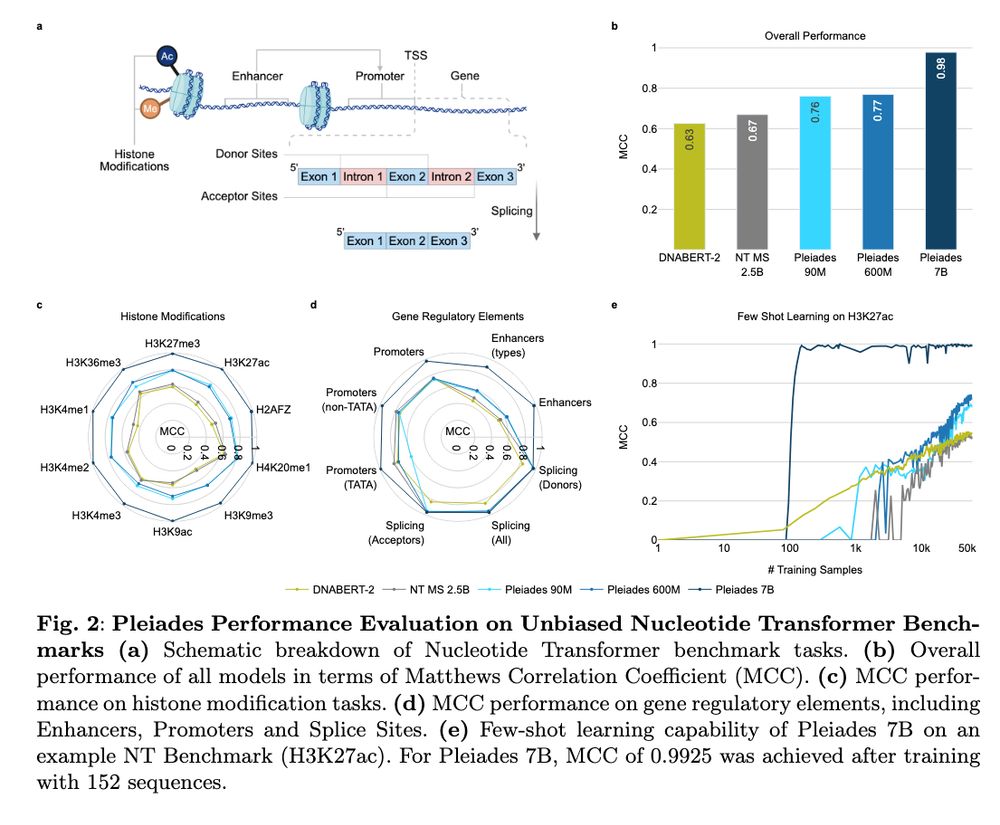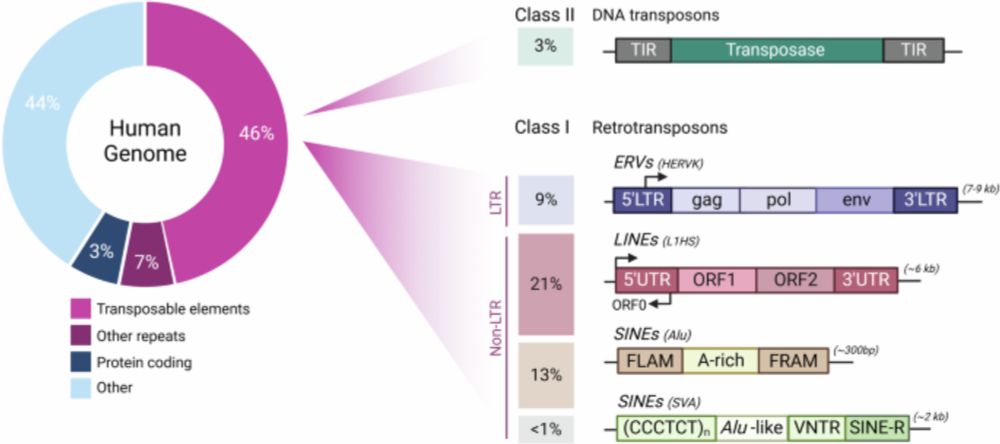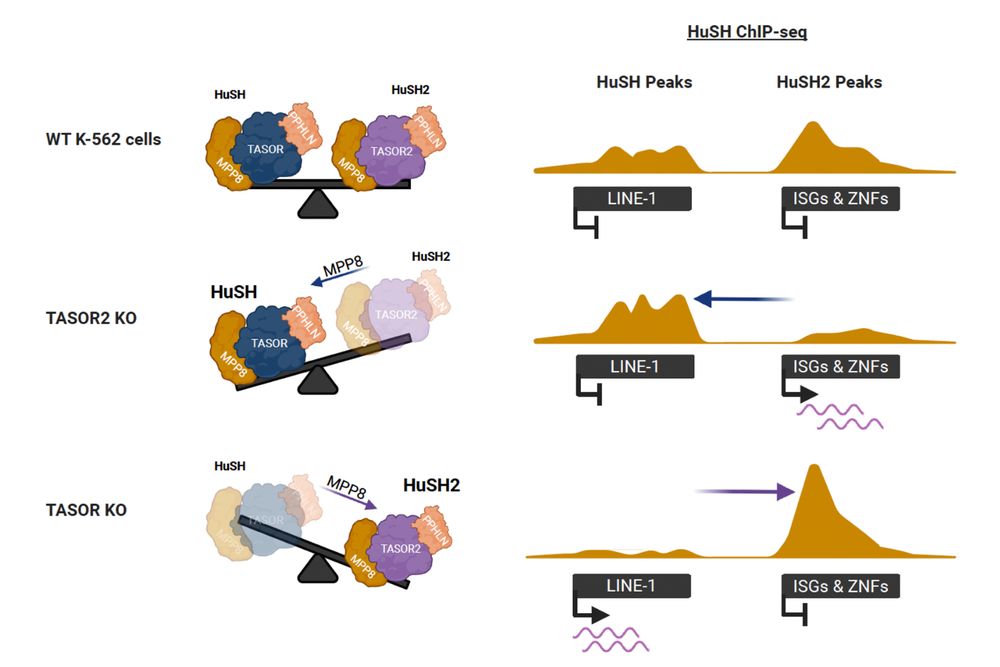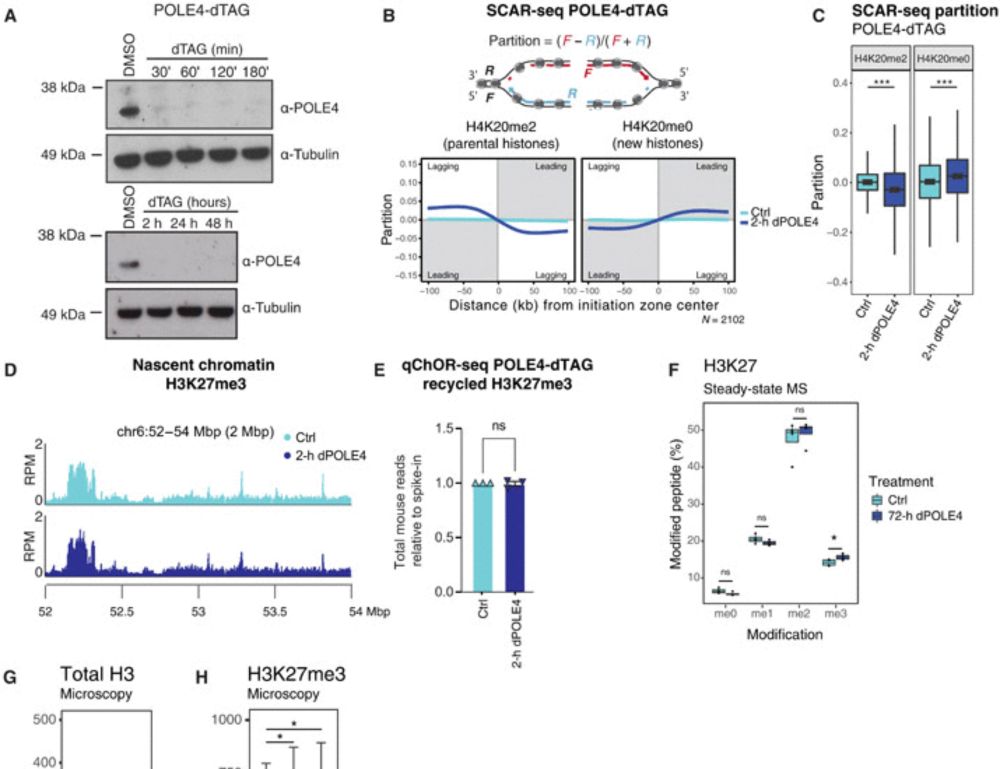
Composite transposons with bivalent histone marks function as RNA-dependent enhancers in cell fate regulation | Cell
#TEs #CellFate #HSCs #Aging
www.cell.com/cell/fulltex...

Composite transposons with bivalent histone marks function as RNA-dependent enhancers in cell fate regulation | Cell
#TEs #CellFate #HSCs #Aging
www.cell.com/cell/fulltex...


We’ve programmed blood stem cells from PSCs using CRISPRa screen and found a new “bloody” cocktail
#CRISPR #HSCs #StemCells #CellFate
We’ve programmed blood stem cells from PSCs using CRISPRa screen and found a new “bloody” cocktail
#CRISPR #HSCs #StemCells #CellFate
We’ve programmed blood stem cells from PSCs using CRISPRa screen and found a new “bloody” cocktail
#CRISPR #HSCs #StemCells #CellFate
#nfkb #ikb #inflammation #stemcells
www.cell.com/cell-reports...

#nfkb #ikb #inflammation #stemcells
www.cell.com/cell-reports...
Bivalent chromatin instructs lineage specification during hematopoiesis | Cell
#Hematopoiesis #CellFate #Chromatin
www.cell.com/cell/abstrac...

Bivalent chromatin instructs lineage specification during hematopoiesis | Cell
#Hematopoiesis #CellFate #Chromatin
www.cell.com/cell/abstrac...
Q: how does chromatin move?
Using MINFLUX, SPT & SRLCI, we track chromatin dynamics across 7 orders of magnitude in time to provide answers www.biorxiv.org/content/10.1...

Q: how does chromatin move?
Using MINFLUX, SPT & SRLCI, we track chromatin dynamics across 7 orders of magnitude in time to provide answers www.biorxiv.org/content/10.1...
Emerging roles for the nucleolus in development and stem cells | Development
#Review #Heterochromatin #GenomeOrganization #StemCells
journals.biologists.com/dev/article/...

Emerging roles for the nucleolus in development and stem cells | Development
#Review #Heterochromatin #GenomeOrganization #StemCells
journals.biologists.com/dev/article/...




haematopoietic processes and haematological cancers. www.nature.com/articles/s41...

haematopoietic processes and haematological cancers. www.nature.com/articles/s41...
Stem cells as role models for reprogramming and repair | Science
#Review #StemCells #Reprogramming #RegenerativeMedicine
www.science.org/doi/10.1126/...

Stem cells as role models for reprogramming and repair | Science
#Review #StemCells #Reprogramming #RegenerativeMedicine
www.science.org/doi/10.1126/...
The establishment of nuclear organization in mouse embryos is orchestrated by multiple epigenetic pathways | Cell
#3DGenome #Chromatin #Development
www.cell.com/cell/fulltex...

The establishment of nuclear organization in mouse embryos is orchestrated by multiple epigenetic pathways | Cell
#3DGenome #Chromatin #Development
www.cell.com/cell/fulltex...
#TranscriptionFactors #GeneRegulation #Hematopoiesis
www.science.org/doi/10.1126/...

#TranscriptionFactors #GeneRegulation #Hematopoiesis
www.science.org/doi/10.1126/...

Spatial control of m6A deposition on enhancer and promoter RNAs through co-acetylation of METTL3 and H3K27 on chromatin | Molecular Cell
#m6a #chromatin #transcription #mettl3
www.sciencedirect.com/science/arti...

Spatial control of m6A deposition on enhancer and promoter RNAs through co-acetylation of METTL3 and H3K27 on chromatin | Molecular Cell
#m6a #chromatin #transcription #mettl3
www.sciencedirect.com/science/arti...
#Heterochromatin #EpigeneticInheritance #Review
www.sciencedirect.com/science/arti...

#Heterochromatin #EpigeneticInheritance #Review
www.sciencedirect.com/science/arti...
CRE activity follows multiplicative modular rules, tuned by spacing & positioning
Enables engineering synthetic CREs for predictable tissue patterning
www.biorxiv.org/content/10.1...

CRE activity follows multiplicative modular rules, tuned by spacing & positioning
Enables engineering synthetic CREs for predictable tissue patterning
www.biorxiv.org/content/10.1...
Identification of molecular determinants of gene-specific bursting patterns by high-throughput imaging screens | Molecular Cell
#GeneRegulation #Transcription
www.cell.com/molecular-ce...

Identification of molecular determinants of gene-specific bursting patterns by high-throughput imaging screens | Molecular Cell
#GeneRegulation #Transcription
www.cell.com/molecular-ce...
#review #transposon #HUSH #KRAB
www.cell.com/trends/genet...

#review #transposon #HUSH #KRAB
www.cell.com/trends/genet...

RNA polymerase II coordinates histone deacetylation at active promoters | Science Advances
#chromatin #transcription #generegulation
www.science.org/doi/10.1126/...

RNA polymerase II coordinates histone deacetylation at active promoters | Science Advances
#chromatin #transcription #generegulation
www.science.org/doi/10.1126/...
#Review #Sequencing #Translation #SingleCell
www.nature.com/articles/s41...

#Review #Sequencing #Translation #SingleCell
www.nature.com/articles/s41...
#Chromatin #GeneRegulation #Enhancers
www.nature.com/articles/s41...

#Chromatin #GeneRegulation #Enhancers
www.nature.com/articles/s41...
Fine-tuning of gene expression through the Mettl3-Mettl14-Dnmt1 axis controls ESC differentiation | Cell
#Epigenetics #DNAme #Development #DNMT1 #RNA
www.cell.com/cell/abstrac...

Fine-tuning of gene expression through the Mettl3-Mettl14-Dnmt1 axis controls ESC differentiation | Cell
#Epigenetics #DNAme #Development #DNMT1 #RNA
www.cell.com/cell/abstrac...
Massively parallel characterization of transcriptional regulatory elements | Nature
#transcription #generegulation #chromatin
www.nature.com/articles/s41...

Massively parallel characterization of transcriptional regulatory elements | Nature
#transcription #generegulation #chromatin
www.nature.com/articles/s41...

